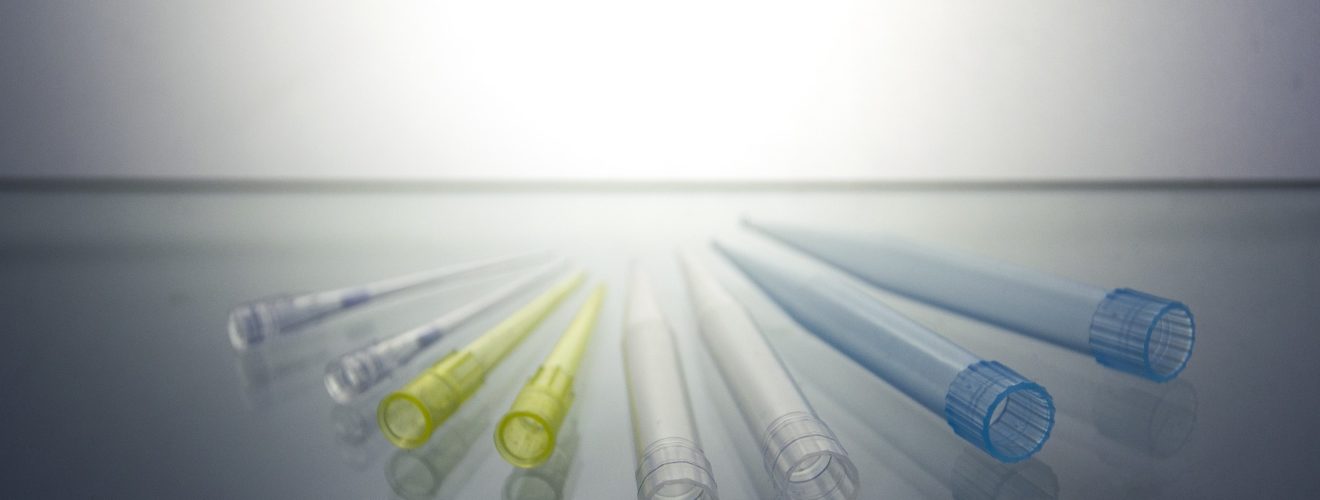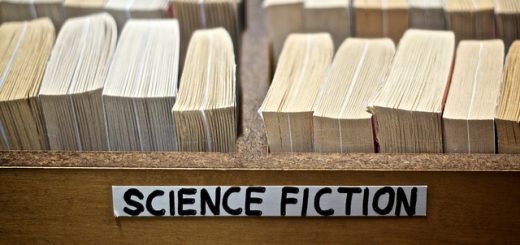A Scientist’s Carbon Footprint

We are constantly bombarded with news articles, documentaries and blogs surrounding the sheer volume of plastic waste that we (as consumers) are polluting our ecosystem with every single day. One-use items such as bottles, straws and coffee cups (most of which are still not recyclable) are huge culprits. Our oceans are severely suffering – it is estimated that 12.7 million tonnes of plastic enter our oceans each year.1 That’s the equivalent of a lorry full of rubbish per minute.
Thankfully, many of us are switching to KeepCups and making a conscious effort to recycle. However, there are still many of us (possibly those who missed David Attenborough’s Blue Planet series) who don’t understand the impact of plastic in our environment. Personally, I think that awareness around issues such as plastic consumerism is increased when you are made aware of the impact that YOU, as an individual, are having on the environment.
Some food for thought: compare how fast you drink your flat white to how long the plastic in your disposable cup will take to decompose – around 30 years…
As a PhD student in the biological sciences, my colleagues and I inherently care about nature, wildlife and the environment, and most of us are well informed about recycling and switching to reusable products. The problem is that many of us do this outside of work, but become less conscious of the energy we use and plastic we dispose of when we step into the lab. On average, scientists have a very high carbon footprint due to the equipment, technology, and single use plastics we require to conduct experiments. To help convey how much energy we use, here are some facts.
First, let’s address the general energy consumption. On a broad scale, let’s think about the energy output of a research institute. The Institute of Infection, Immunity and Inflammation (3Is) at the University of Glasgow uses the same amount of electricity over a single weekend as an average house does in a whole year. This is shocking, and is largely due to equipment being left on, some of which is unnecessary.
A large contributor to this is our mighty -80°C freezers. These are vital for storage of precious biological samples but unfortunately use so much energy. On an average day, one -80°C freezer uses approximately 20kWh.2 This is 65x more energy than an average household -20°C freezer. This energy usage can be exacerbated by 10% if freezers aren’t looked after properly (by over filling and not defrosting regularly).
We also use lots of other energy-intensive equipment. When we want to perform experiments in sterile conditions, we conduct procedures in what’s called a ‘hood’. These are basically environments that have a constant air flow to prevent contamination with bacteria or other microbes. You can imagine the amount of energy they use, which is made worse by many of us leaving them on, even when we walk away from them during incubation periods. It is estimated that closing hoods when we don’t need them could reduce the university’s carbon emissions by 1.5%!
It is clear the carbon footprint of a scientist’s energy consumption is large. What about plastic consumption?
On a daily basis, scientists use a lot of plastic. A lab in Exeter calculated that their bioscience department, with 280 scientists, used the plastic equivalent of 5.7 million 2-litre plastic bottles in just one year.3 The sheer volume of disposable plastic is justified through time and cost savings, particularly for sterile work. The problem is that many of us, myself included, will learn a technique and what equipment we need to perform the technique, and not really think about how we could reduce the volume of plastic we use whilst still obtaining accurate scientific output.
Scientists in the lab aren’t the only culprits – our suppliers don’t help either. We routinely order lab supplies and reagents from commercial companies. The issue here is that many reagents need to travel at low temperatures so they don’t degrade, and this often involves plenty of excess packaging (similar to the ridiculous oversized boxes certain online retailers like to use for their deliveries) in non-environmentally-friendly materials such as styrofoam.
Unfortunately, scientists can’t avoid relying on plastic and energy intensive equipment. But we should be able to reduce our carbon footprint. Thankfully, my institute is encouraging scientists to think about energy output and recycling in the same way that we would at home. The recently formed ‘Eco group’4 at the 3Is are encouraging scientists to recycle (from rinsing yoghurt pots to recycling polystyrene), to switch machines off and to be mindful of single-use plastics. The eco group are also encouraging students and scientists to purchase lab plastics from suppliers who are actively reducing and improving their products to reduce waste and energy output.
Changes are also being implemented at a university level. The University of Glasgow, as part of their sustainability policies, have introduced a number of initiatives to promote an eco-friendly environment. If you buy a KeepCup on campus, you get a free drink after purchasing and the hospitality services will provide a discount every time you use it. The university has also updated the sleep function on all university computers, saving the university approximately £250,000 and 1000 tonnes of CO2 emissions per year.5
To make an even greater difference, incentives should be introduced to encourage sustainable science. The University of Edinburgh recently introduced Sustainability Awards for research groups or institutes who have made significant energy reductions in specific themes such as water usage, lighting, ventilation and recycling. Audits are performed and labs who achieve their goals are rewarded.6
At the end of the day, scientists, like every other profession, can’t avoid producing a carbon footprint. What they can do, however, is to be more conscious of this footprint and take active steps to reduce it. With added support from companies, research institutions and governments, scientists will be better able to have the positive impact on the world that they originally intended.
This article was specialist edited by Mary Ann Madsen and copy edited by Katrina Wesencraft.
References
- https://www.greenpeace.org.uk/what-we-do/oceans/plastics/
- https://www.environment.admin.cam.ac.uk/facts-figures
- https://www.nature.com/articles/528479c
- You can follow the Eco Group/Eco-group on Twitter @ECOgroup_III
- https://www.gla.ac.uk/myglasgow/news/headline_570467_en.html?utm_medium=email&utm_source=newsletter&utm_campaign=http://www.gla.ac.uk/myglasgow/news/
- https://www.ed.ac.uk/about/sustainability/what-we-do/laboratories/initiatives/lab-awards










